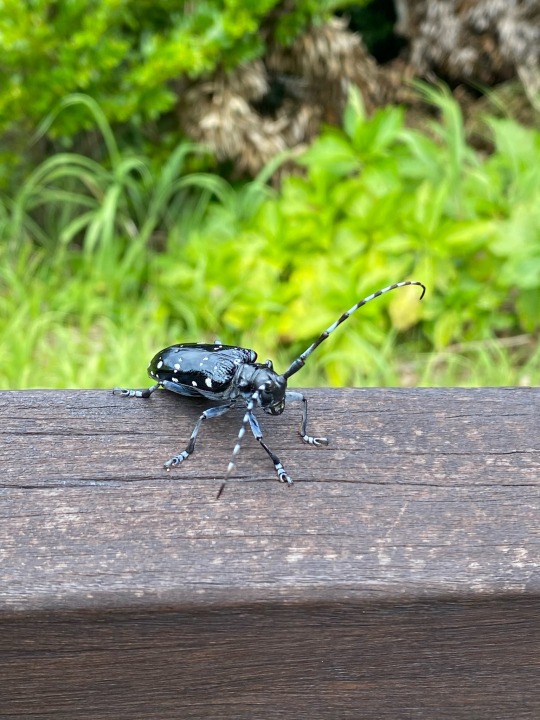#longicorns
Explore tagged Tumblr posts
Text

Tragocephala cuneifera
#Tragocephala cuneifera#beetles#insects#nature#animals#insecta#arthropods#arthropoda#coleoptera#polyphaga#Cerambycidae#longhorn beetle#longicorns#wikipedia#wikipedia pictures#wikimedia commons#entomology#beetle#beetleposting
39 notes
·
View notes
Text

Spotted Longhorn, Ruptela maculata Canon 400D EF 100 2.8 f/13 1/100 iso: 400 Srbsko Czech Republic 7/5/2009 #
#Longhorns#Cerambycidae#Coleoptera#beetles#Longicorns#IInsects#invertebrates#macro#insects#macrophotography#insectphotography#insect#canon
36 notes
·
View notes
Text

Simplified bug #9 Rosalina Longicorn/Alpine Longhorn Beetle (Rosalia Alpina)
request by @potato-dumpling-soup
#bros name is so long holy moly#rosalia longicorn#alpine longhorn beetle#beetle#coleoptera#insects#entomology#art#bugs#doodle#simplified bugs#drawing
54 notes
·
View notes
Text

Colour in the Dark
Rosalia longicorn
By Daniela Graf
GDT Nature Photographer of the Year 2023
#daniela graf#photographer#colour in the dark#insect#close-up#nature#gdt nature photographer of the year#rosalia longicorn
23 notes
·
View notes
Text
poinciana longicorn!!!!!!


absolutely gorgeous huge guy who gave me a mighty and respectable bite! (below the cut due to. blood [not much]). the bite was entirely provoked and my fault due to me picking it up to relocate it with full knowledge they can give a powerful bite
what a guy!!!!!!!!
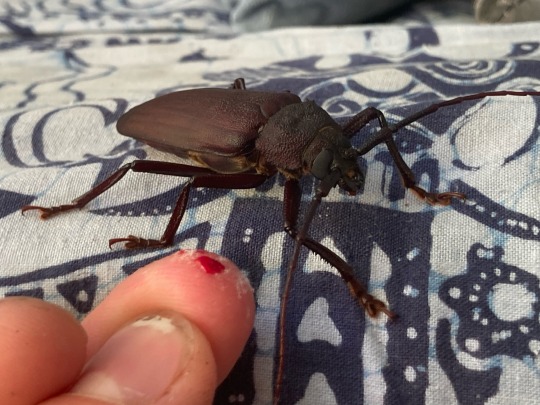
#beetle#longicorn beetle#coleoptera#cerambycidae#agrianome#agrianome spinicollis#poinciana longicorn#i absolutely love these guys#very beautiful. very powerful!!!!
80 notes
·
View notes
Text
#2427 - Hybolasius crista


One of 9,776 species of insects first described by Johan Christian Fabricius, back in 1775. Another New Zealand endemic longicorn.
There are 19 species of Hybolasius in New Zealand, and others elsewhere. H. crista breeds in the stems of large-leaved Coprosma species, apparently, but little is known about their biology.
Mangorei, Taranaki, New Zealand.
11 notes
·
View notes
Text

Rosalia longicorn (Rosalia alpina)
Photo by Andres Miguel Dominguez
#Rosalia alpina#rosalia longicorn#longhorn beetle#beetle#coleoptera#blue#blue beetle#colorful beetles#insects#entomology#longicorn#cerambycidae#insect photography#macro photography#animals#nature
14 notes
·
View notes
Link
To help make wood more palatable, some wood-feeding insects are assisted by symbiotic microorganisms that break down the components of wood into an edible form.
A group from Nagoya University in Japan has isolated a symbiotic yeast from adults, larvae and eggs of the Japanese longicorn beetle and identified specialized organs that store the yeast, allowing the beetles to break down the unpalatable components of wood. Their findings were published in PLOS ONE.
"I have been fascinated with longicorn beetles since childhood because there are more than 900 species in Japan and they just look cool," said Dr. Wataru Toki, a lecturer at Nagoya University. "When I visited forests as a boy, I wanted to see new longicorn beetles that I had never seen before. As a researcher, I am interested in how they eat wood, because after all humans cannot eat wood. I found several studies that suggested microorganisms could be the key."
Wood is an important part of the life cycle of the longicorn beetle. After visiting flowers to collect pollen, the female Japanese flower longicorn beetle lays eggs on dead and rotting wood. Within a month, the larvae hatch and burrow into the wood. They feed and pupate before hatching into adults. Understanding how the larvae survive by eating wood is important because they help decompose dead wood, contributing to the cycling of nutrients in the forest.
Continue Reading
66 notes
·
View notes
Text


My favorite bug from home! Whitespotted sawyer. I love them, they are everywhere here in the north. If you go deep enough in the taïga, you can hear them chew through bark.
#insect#heyyy my own insect post#favorite bug#this one is small. I see bigger ones tbh#whitespotted sawyer#longicorne noir
2 notes
·
View notes
Text
This is the fight right after........ Not allowed to win on stream ig....... 💀
#ragna ramblings#I'm my defense I could have gone on longer to do this and it would have been funny butttt I was getting tired and needed a break#(And unfortunately... It was too late to take one.... SO had to go OUGHHH)#But at least we killed two revalationers.... That was funny#Thinking about the part of stream where I said “Aw man that longicorn's gonna defend that pumpkin”#"WELL ALOPE CAN GET HIM TOO *Alope lands double confusion*
3 notes
·
View notes
Text



had a great photosession with Rosalia alpina that visited our home today ✨
8 notes
·
View notes
Text

Red Pine Longhorn Beetle Stictoleptura rubra Canon 400D EF 100 2.8 f/ 6.3 1/320 iso: 400 Srbsko, Czech Republic 8/4/2013
#Longhorns#longicorns#Cerambycidae#Coleoptera#insects#beetles#Invertebrates#Woodlands#grasslands#Macro#insectphotography#macrophotography
8 notes
·
View notes
Text
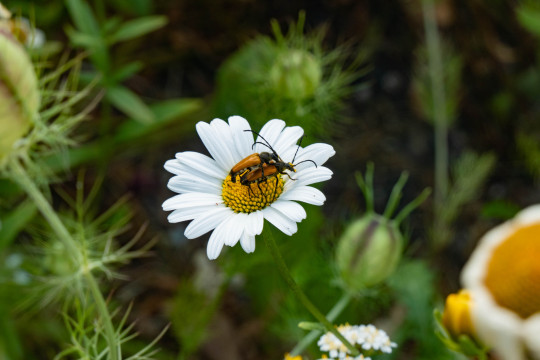



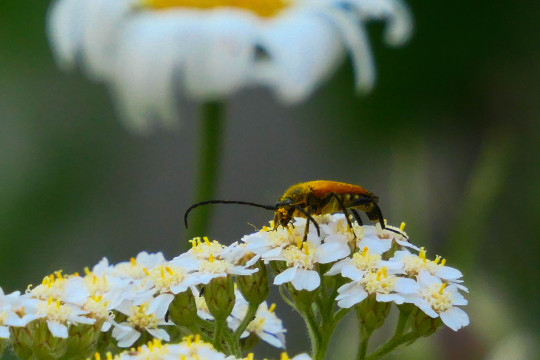
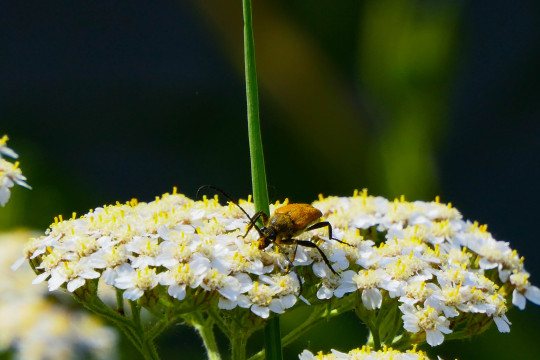



Lepture Fauve - Les larves se nourrissent des bois morts ou vivants des feuillus et des conifères.
Lieu : Chez moi, Hauts-de-France
#jardin#garden#photo#photo animalière#animals photography#animaux sauvages#wild animals#insecte#bug#longicorne#lepture fauve#coléoptère#bettle#long horn beetle#long horned#longicorn
2 notes
·
View notes
Text

Rosalia longicorn
Photographer: Daniela Graf
GDT Nature Photographer of the Year 2023
#daniela graf#photographer#gdt nature photographer of the year#rosalia longicorn#insect#close-up#nature
86 notes
·
View notes
Text
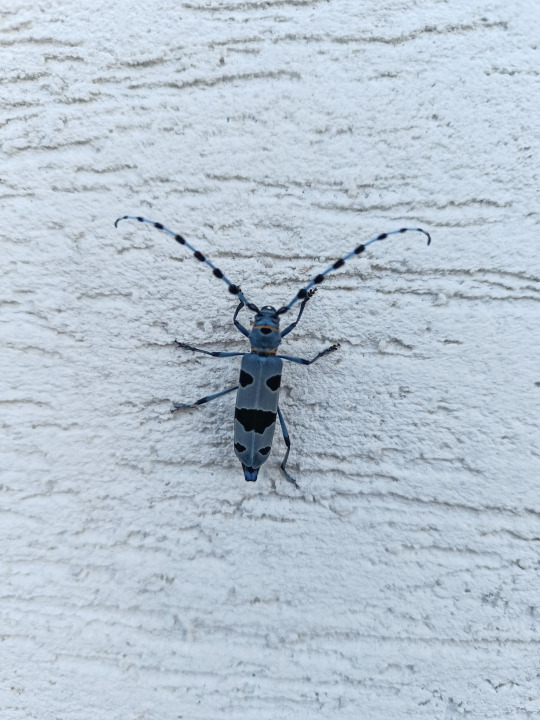
0 notes
